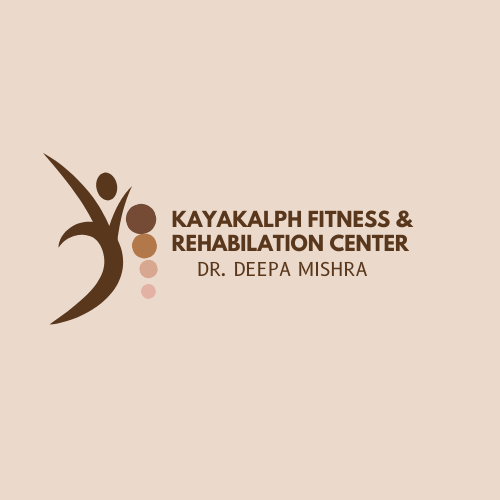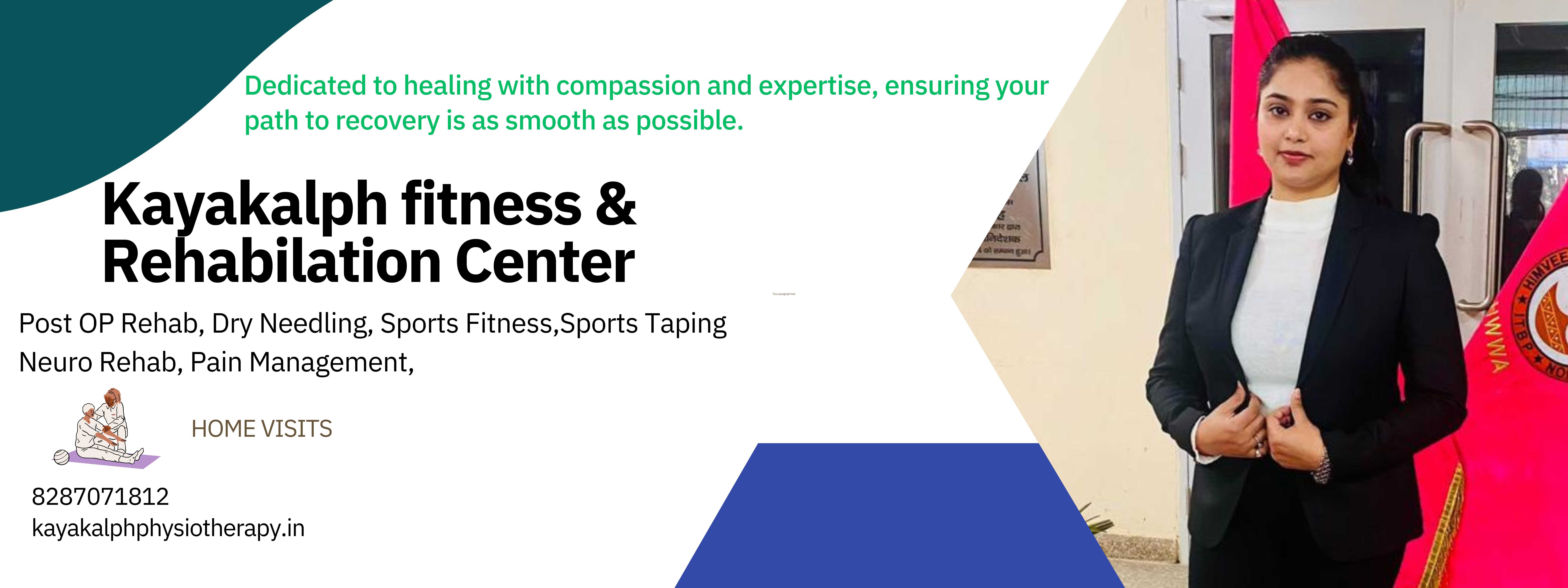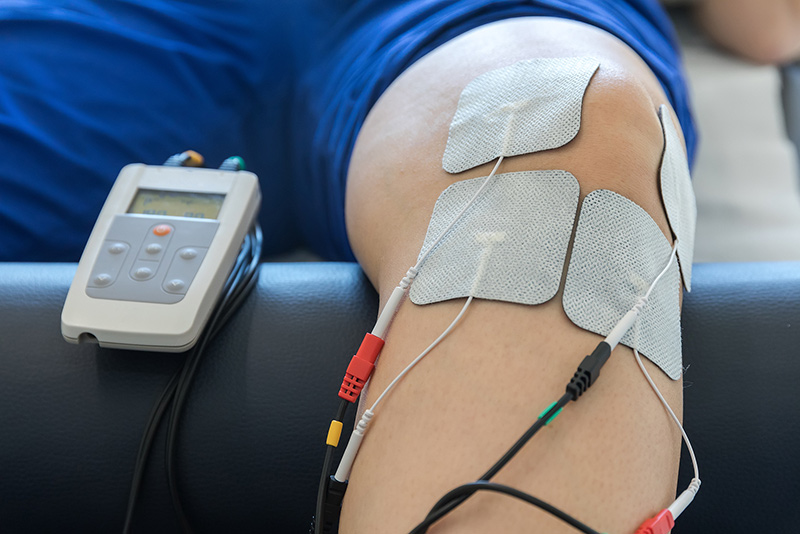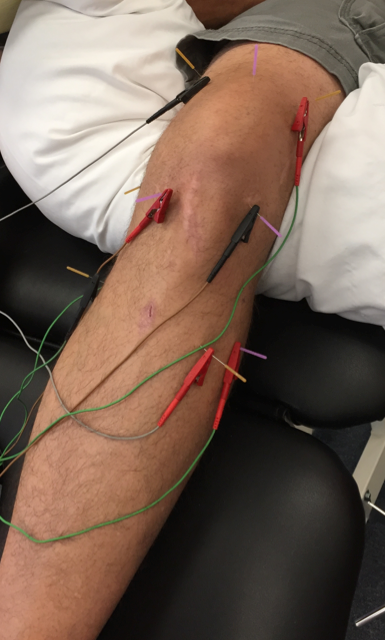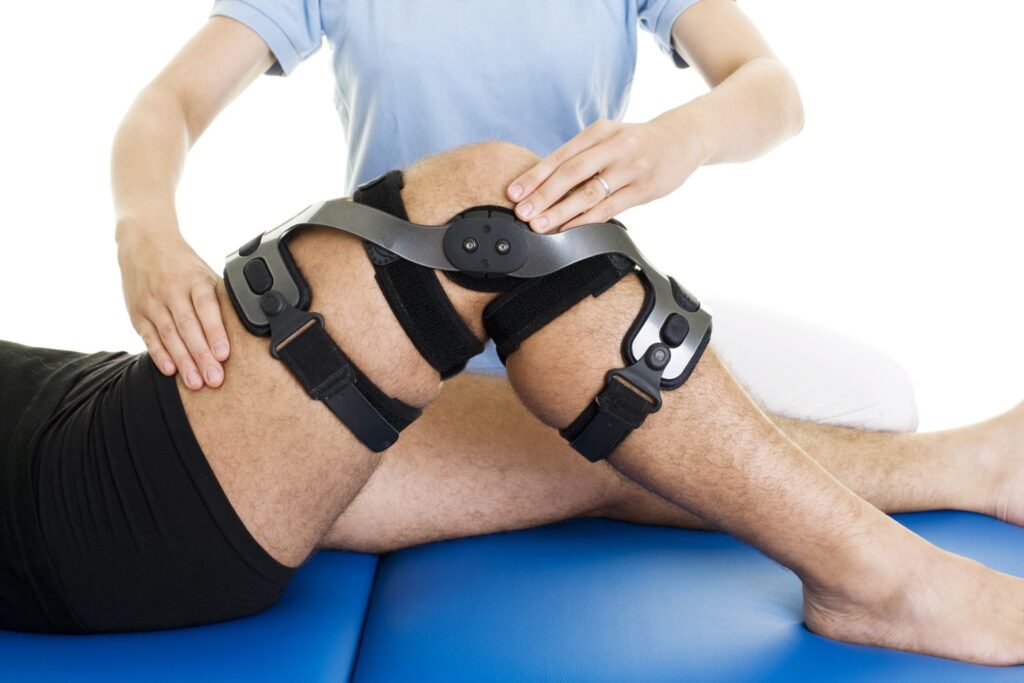Recovering with Physiotherapy: The Key to Regaining Strength and Mobility
Recovery from an injury, surgery, or a medical condition can be challenging, but physiotherapy plays a crucial role in accelerating the healing process. Through targeted exercises, manual therapy, and specialized techniques, physiotherapy helps restore movement, reduce pain, and improve overall function.
Why Physiotherapy is Essential for Recovery
Physiotherapy is more than just exercise; it’s a structured approach to rehabilitation that focuses on:
- Pain Management – Techniques such as manual therapy, electrotherapy, and heat/cold application can help alleviate discomfort.
- Restoring Mobility – Strengthening and flexibility exercises help regain normal movement patterns.
- Preventing Re-Injury – Proper posture, movement mechanics, and strengthening reduce the risk of future injuries.
- Enhancing Overall Well-being – Physiotherapy supports mental and emotional recovery by promoting confidence in movement.
Stages of Recovery with Physiotherapy
- Acute Phase (0-2 Weeks)
- Pain relief techniques such as ice therapy, ultrasound, or manual therapy.
- Gentle range-of-motion exercises to prevent stiffness.
- Rest combined with guided movement to avoid complications.
- Rehabilitation Phase (2-8 Weeks)
- Progressive strengthening exercises targeting affected areas.
- Balance and coordination drills to restore stability.
- Cardiovascular conditioning to improve endurance.
- Functional Recovery Phase (8+ Weeks)
- Sport-specific or activity-specific training for a full return to daily life or athletics.
- Advanced strengthening and flexibility exercises.
- Education on injury prevention and long-term mobility maintenance.
Benefits of Physiotherapy-Based Recovery
- Customized Treatment Plans – Tailored exercises and therapy methods to suit individual needs.
- Non-Invasive Healing – Avoids reliance on medications or unnecessary procedures.
- Improved Quality of Life – Restores independence and confidence in movement.
- Holistic Approach – Addresses both physical and emotional aspects of recovery.
Tips for Maximizing Recovery with Physiotherapy
- Be Consistent – Stick to your therapy plan and attend all scheduled sessions.
- Listen to Your Body – Avoid overexertion and follow professional guidance.
- Maintain a Healthy Lifestyle – Proper nutrition, hydration, and rest are vital.
- Stay Motivated – Set realistic goals and track progress to stay committed.
Conclusion
Physiotherapy is an integral part of the recovery process, helping individuals regain strength, mobility, and confidence. By following a structured rehabilitation plan and staying committed to the process, recovery can be smoother, faster, and more effective. Whether recovering from surgery, an injury, or a chronic condition, physiotherapy paves the way for a healthier and more active life.
